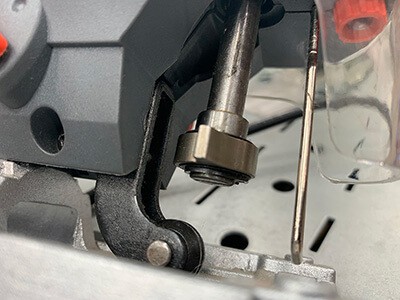The trusty jigsaw is probably the most used tool by home handymen & woodworkers alike. It is one of the tools I recommend you buy but often you may find that your blade falls out. This is certainly a common question I get from beginners asking why does my jigsaw blade keep falling out?
A jigsaw blade will usually fall out because the wrong type of blade is being used or you have not inserted the blade correctly which can cause the set screws to not tighten properly. Several other factors also affect how securely your blade is in the jigsaw.
Let me explain some of the differences below to see what your problem could be stemming from.
Most Common Causes Of Jigsaw Blades Falling Out
Usually your jigsaw blade will continually fall out if you have one of the following issues:
- The blade holder is full of sawdust. You will need to thoroughly check the holder to make sure there are no obstructions. Any blockages can cause your blade to only insert part of the way. This in turn means the set screws cannot tighten the blade properly.
- The set screws are worn. The set screws are the 2 screws on the front of the holder which you tighten against the blade. It is possible that the threads within the holder or on the screws themselves could be badly worn, which will mean they will not tighten properly. Check that the screws are tightening and not just slipping within the threads. If you find that the set screws are vibrating loose, try using a star or spring washer under the screws.
- Wrong blade for your machine. This is the most common cause I see. There are 2 types of jigsaw blades that are often wrongly used. Keep reading below to see what the difference is.
- Your jigsaw is worn out. This is not as common as the other causes. Your blade holder could be badly worn which will mean it is time to buy a new jigsaw. Be sure to see what I recommend before buying your next jigsaw.
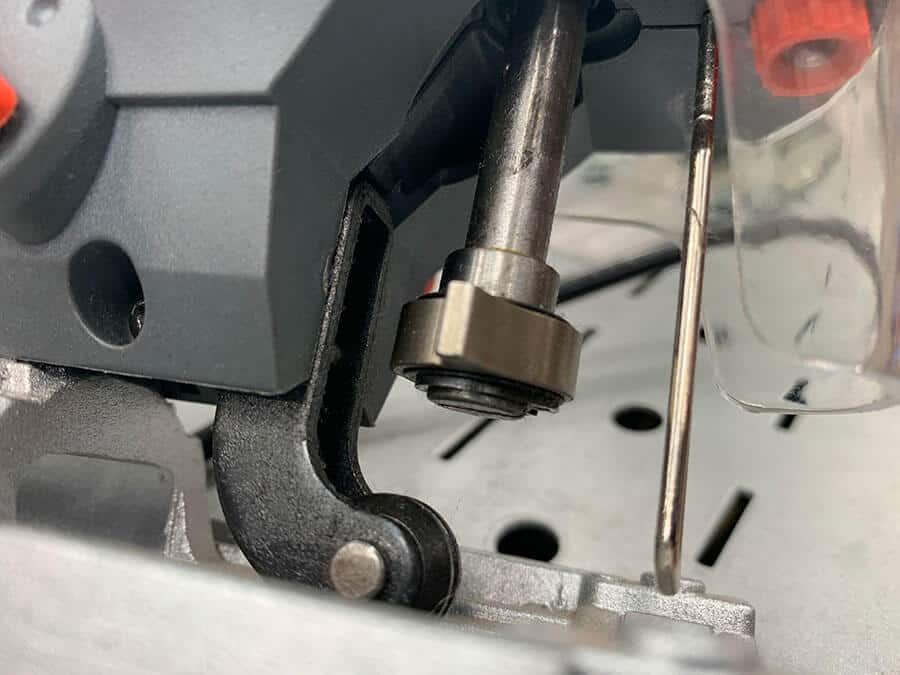
What Type Of Jigsaw Blade Are You Using?
First of all, it is important to know that there are differences in the types of jigsaw blades. Some blades fit in different jigsaws and they should not be swapped from one machine to another. These blades come in 2 types as listed below with photos:
U Shank Blades (Universal)
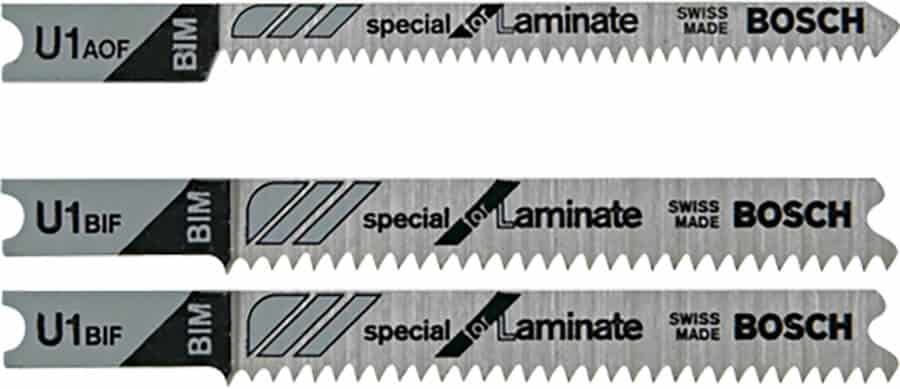
U Shank jigsaw blades are the old style and are still commonly used in some of the cheaper brand jigsaws today. These blades rely on set screws that need to be tightened against the blade using an independent tool.
Before inserting the blade, I recommend you carefully check that there is no build-up of sawdust inside the mechanism. Any foreign objects can stop the blade from going all the way in, which can in turn cause the jigsaw blade to fall out.
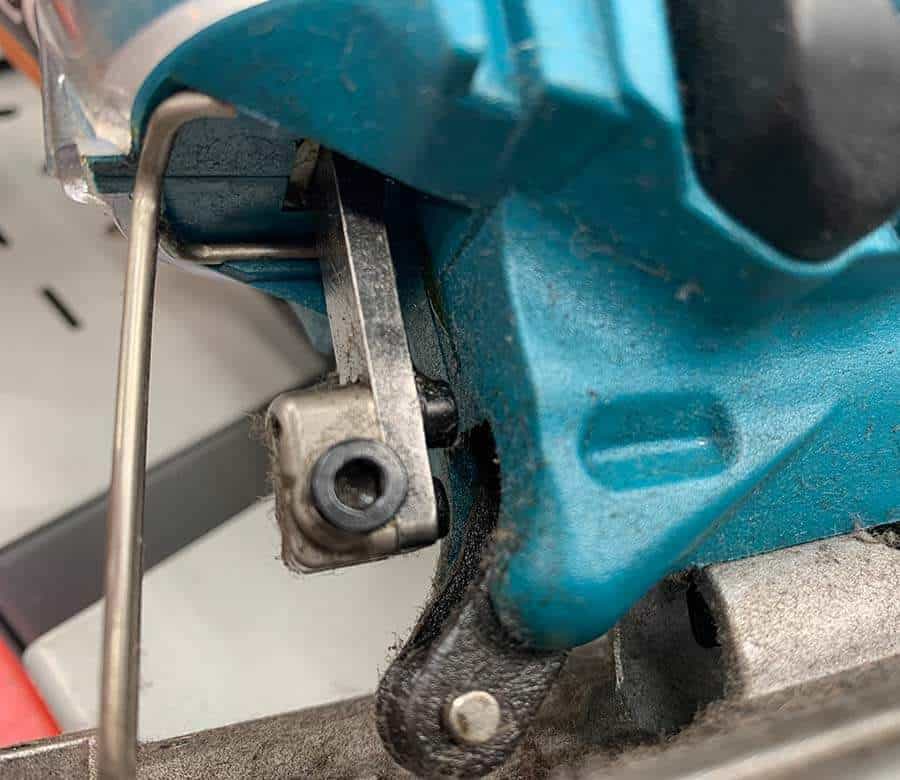
Once you have fully inserted the blade, you will need to tighten both set screws fully. Double-check that you have done this right by pulling on the blade to ensure it is properly secured. U shank blades take longer to change over.
If you are cutting thick timber and the jigsaw is working hard, there is a chance that the blade could come loose. For this reason, I always recommend you use a T shank blade.
T Shank Blades
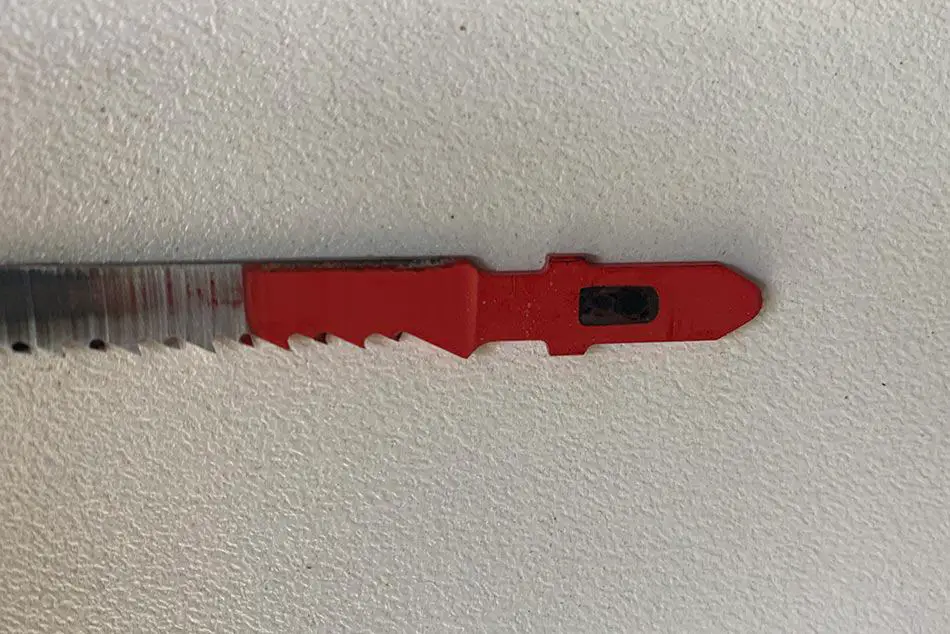
T Shank blades are much more popular today and usually come in all newer jigsaws. These are the jigsaws I recommend. The blade housing must be turned 90 degrees before inserting the blade which locks the blade in. The T shank blades should never fall out as long as you have inserted them fully.
Keep in mind the same thing applies as did for the U-shank blades. You must make sure the housing is cleaned of all foreign objects. T shank blades are quick and effortless to change and you do not need any independent tools. Within all my years of using a jigsaw, I have never had a blade falling out using one of these blades.
Can I use a T Shank Blade In a U Shank Jigsaw?
Because of the shape of the blades, you are not able to put a T shank blade in a U Shank jigsaw. The holder is not designed to take the blade. Trying to use the wrong blade in the wrong jigsaw will simply damage the machine or the blade or both.
T-shank blades are definitely the better option, and if you wish to use these, I would suggest looking at purchasing a new jigsaw. On the other hand, it is possible that you can insert a U shank blade into a T shank jigsaw.
The only problem is that there is no way of holding it in there. At least not while you are trying to cut something.
What Type Of Jigsaw Are You Using?
Now would be worth taking the time to check over your jigsaw and establish what type you have. If you are simply dabbling in DIY and you have a U-shank blade, then maybe you are happy to continue with this. After all, these jigsaws do the job.
On the other hand, if you are getting frustrated with constantly reinserting your blade, and you have checked the list above, then it would be time to seriously consider a new jigsaw. All newer jigsaws take a T-shank blade and these machines have many more features than the old-style ones. They also cut easier because of their oscillating effect.
What Does a T Shank Jigsaw Look Like?
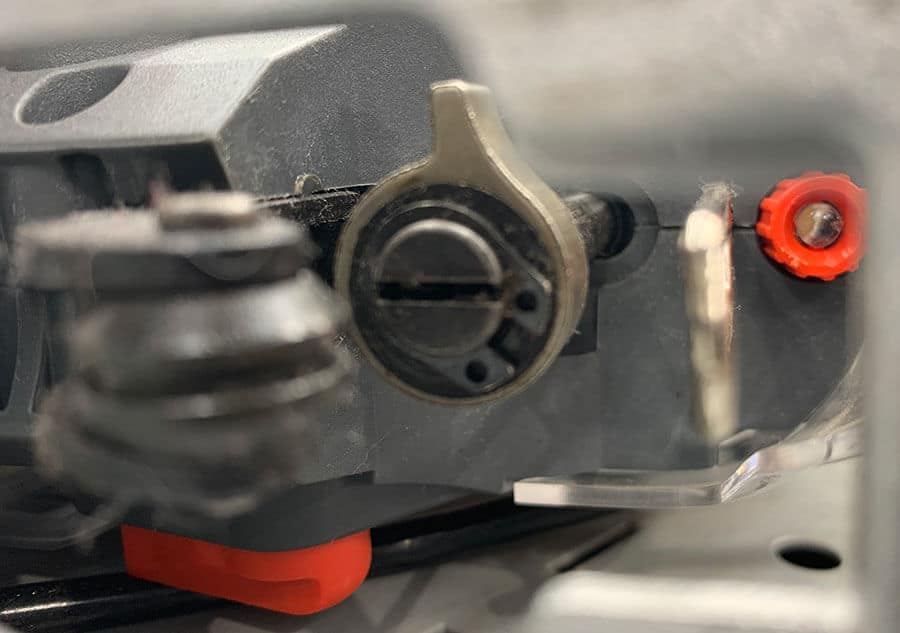
T Shank jigsaws are not called that but they are so because of the blade type they accept. The type of blade it holds can easily be identified as there are no set screws where the blade goes in. (see picture)
Instead, there is a collet that turns to open the mechanism inside which allows the blade to be inserted. When the collet is returned to the start position, it locks the blade in meaning there is no way for it to come out.
This is the jigsaw that I have been using for many years and has never let me down.
Which Brand Of Blade Is Best?
There are so many different brands on the market these days, that it is difficult to determine which is best. Honestly, there is not a “best brand” so to speak. I would however opt to spend a little more to ensure you get a better-quality blade that will last longer.
Also, make sure you purchase the right type of blade for the job at hand. For example, if you wish to rip wood with the grain, buy a blade with a coarse tooth for ripping.
For cutting across the grain, you can use a finer toothed blade which will give you a cleaner cut. Obviously buy metal blades for cutting metal and the right one for plastic etc.
Just by doing this, can save unnecessary wear and tear on your blade and your jigsaw.
I have often seen the wrong blade being used for the job at hand which can cause excess vibration on the machine. This alone could very much contribute to the U shape blades falling out.
Conclusion
Why Does My jigsaw blade keep falling out? This is such a common question and hopefully I have been able to give the answers you need in this post. Be sure to check that you are using the right blade and make sure your jigsaw blade holder is not faulty.
I’m confident that by implementing the above things, you will no longer have the frustrations of your blade falling out!

